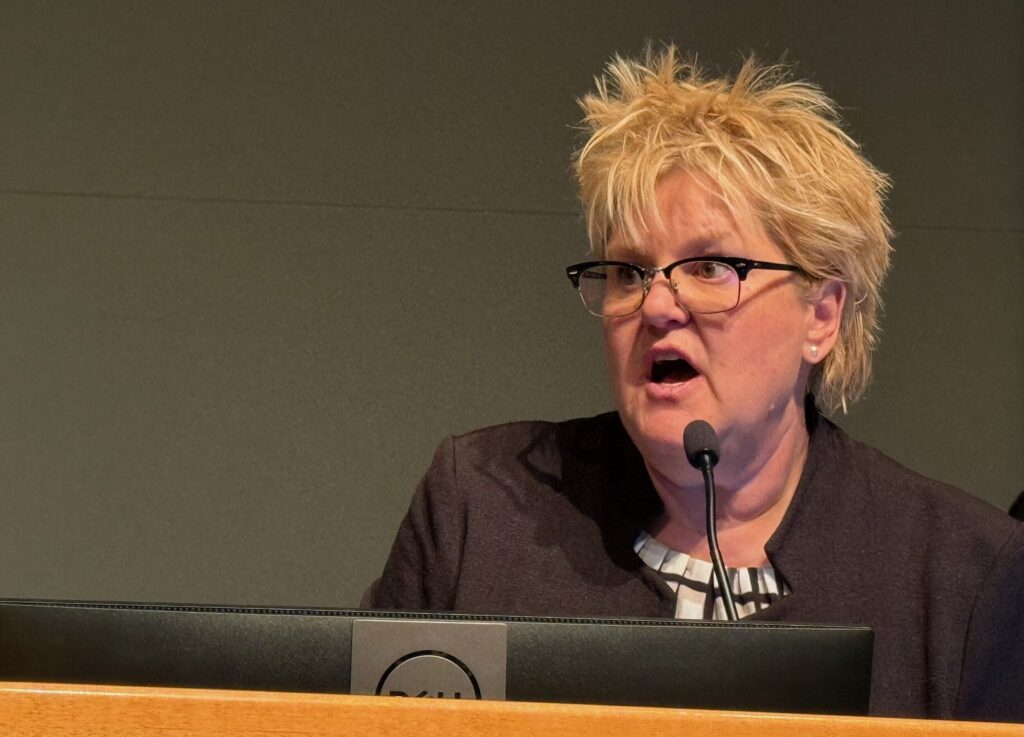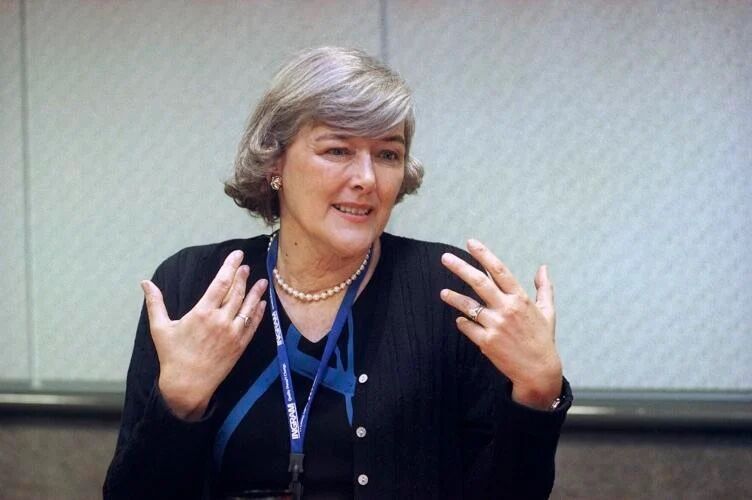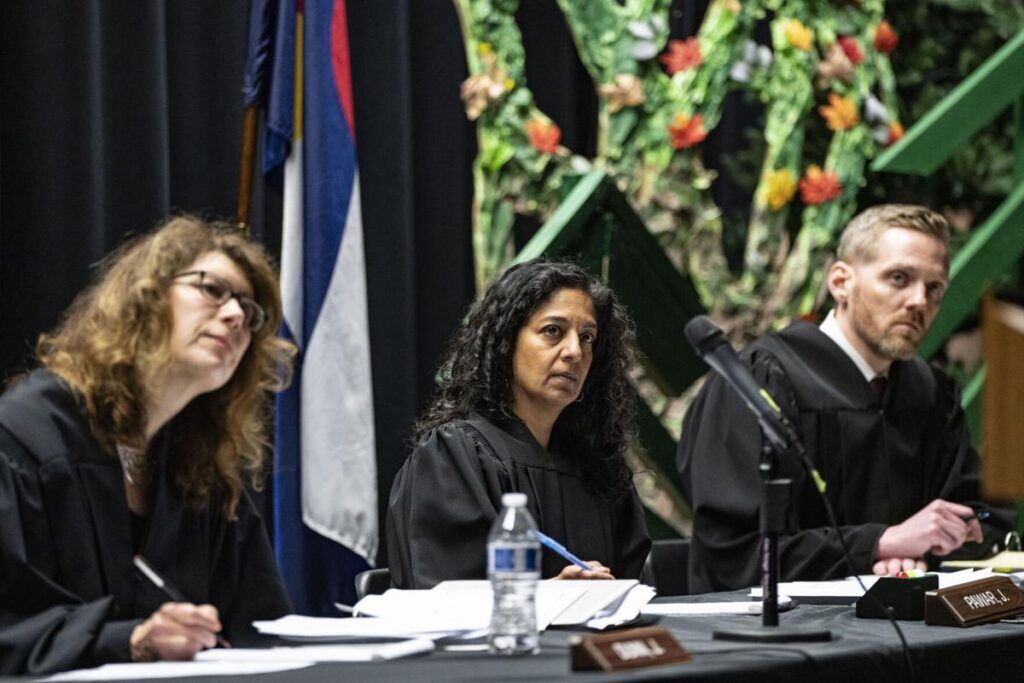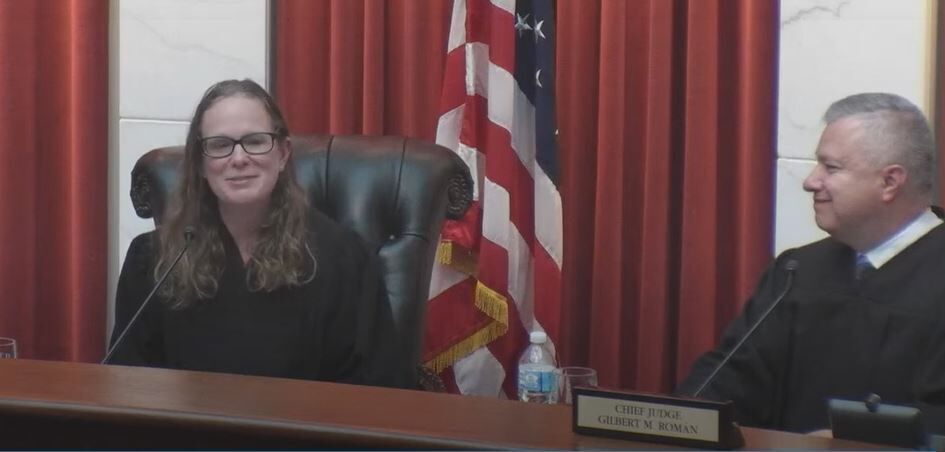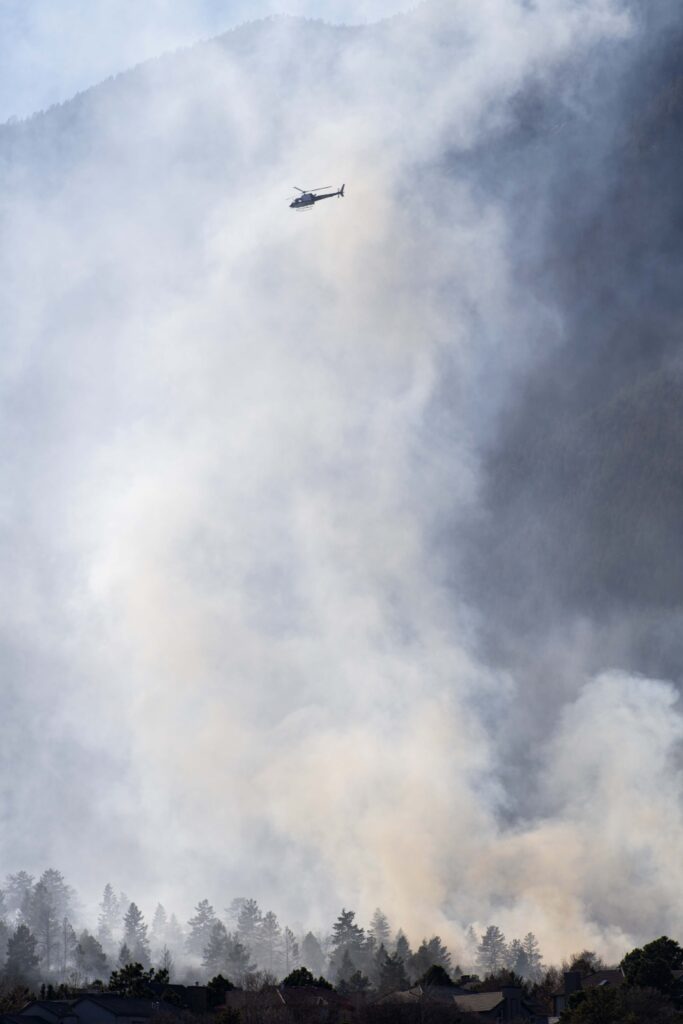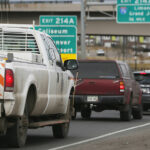State health report finds that the risk of living near oil and gas sites is low
Environmental groups are pushing back against a state health department report that found that the risk of harmful health effects is low for Coloradans living near oil and gas operations.
The Department of Public Health and Environment released the report after a review stemming from recommendations made by a task force two years ago that examined oil and gas as it pertains to local communities.
The CDPHE report calls for more study, rather than immediate public health action.
“This report evaluates the existing science about whether you’re at risk if you live near oil and gas operations,” said Dr. Larry Wolk, executive director and chief medical officer at the department. “Going forward, we will continue to evaluate health risks using more comprehensive, relevant data currently being collected.”
But Sen. Matt Jones, D-Louisville, who has led efforts for Senate Democrats to curb hydraulic fracturing with strict rules and regulations, said state health officials are ignoring their duty to protect public health.
“CDPHE is not doing its job when it lets industry off the hook, and dismisses the many red-flag studies that have come out,” Jones said. “Do your job, CDPHE, and put the burden of proof on those perpetuating the dangerous activity, and not on innocent Coloradans.”
The report, which was released last week, assessed substances emitted from oil and gas operations and considered other studies that looked at possible health effects. It took into account more than 10,000 air quality samples and examined 62 substances, including benzene, formaldehyde and acetaldehyde.
The concentration of those three substances in the air surrounding oil and gas operations are four to five times lower than standard health limits set for short- and long-term exposure, according to the report.
Concentrations of other substances are five to 10,000 times lower than the standard limits, according to the report.
It also found that cancer risks for all substances are within the “acceptable risk” range established by the U.S. Environmental Protection Agency. The risk of harmful health effects is low for residents living at distances 500 feet or more from oil and gas operations, according to the assessment.
In looking at 12 previous studies on health effects from living near operations, the CDPHE report found that the studies provided limited evidence of the possibility for harmful health effects. State health officials recommended higher quality studies to evaluate health effects, including skin symptoms, asthma, birth outcomes and migraines, to name a few.
The state health department currently is conducting a health-risk assessment specific to oil and gas emissions, using newly released data from Colorado State University. That study will be completed in 2018.
Christine Berg, with the environmental group Moms Clean Air Force, called the report from CDPHE “preliminary.”
“It seems to create more questions than answers,” Berg said.
“It does, however, highlight the lack of comprehensive research on the impacts of oil and gas extraction on pubic health in almost every area. The concern I have as a mom is the lack of information on how our most vulnerable populations are impacted from both short-term and long-term exposure.”
Berg added that other studies have found that children living in areas with a high density of oil and gas development are at an increased risk of acute lymphocytic leukemia.
“Health impact studies shouldn’t come after oil and gas has already moved into our neighborhoods, and near our hospitals and schools,” Berg said. “For decades oil and gas companies in Colorado have been given a pass because of inadequate research and information, and lack of political will to ensure public safety.”
Jones agreed that there is cause for concern as oil and gas operations move closer to neighborhoods.
“These industrial operations emit toxins that can kill, carcinogens that can cause cancer, and fracks and wells that can literally gush and explode,” Jones said. “The responsibility to prove their operations are safe is squarely the responsibility of the oil and gas corporations, not regular citizens.”



